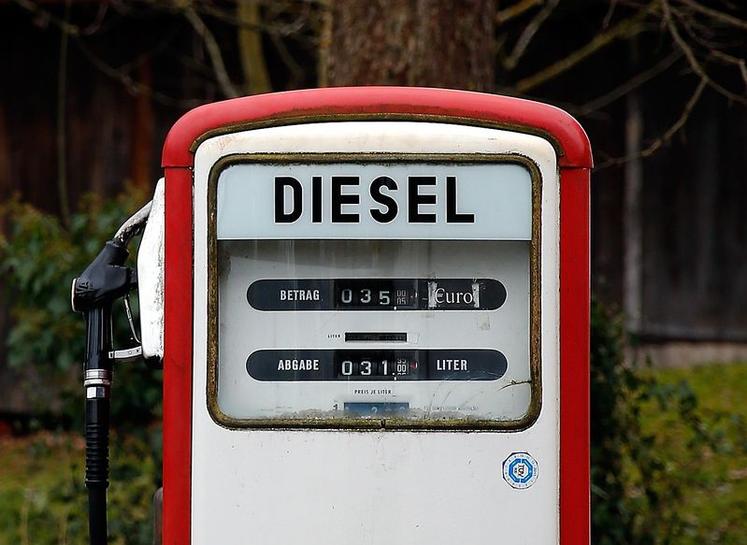LONDON – Global distillate markets remain heavily oversupplied, sending margins tumbling to multi-decade lows, despite refiners’ efforts to restrain crude processing and switch to maximising gasoline production.

Poor distillate consumption and margins are weighing on refiners’ demand for crude, in turn hampering efforts by OPEC+ to rebalance the oil market and push crude prices higher.
Production of distillates, including diesel, jet fuel, gasoil and heating oil, is running head of consumption, mostly because of the downturn in manufacturing and aviation, with a resulting increase in inventories.
In an effort to reverse the oversupply, U.S. refiners have restrained their crude processing, limiting throughput to 13.5 million barrels per day last week, almost 19% below the five-year average (tmsnrt.rs/2RAZzxy).
Refineries have also adjusted the set points on their equipment to maximise production of gasoline at the expense of distillates, pushing the gasoline-distillate ratio to 1.7:1, up from 1.4:1 a year ago.
Even so, U.S. distillate inventories are stuck at 179 million barrels, close to their highest since the early 1980s, and 32 million barrels above the five-year seasonal average.
For the next several months bloated inventories will restrain refiners’ crude processing and buying as they try to reduce distillate stocks to more normal levels.
The problem is not confined to the United States. Distillate stocks are well above normal around the world as the coronavirus pandemic disrupts manufacturing, construction and passenger transportation.
In Northwest Europe, margins for transforming Brent crude into gasoil have tumbled to just $3 per barrel, down from more than $6 a month ago and $16 at the start of the year.
Until there is a clear signal excess distillate inventories are being absorbed, they will continue to limit upward moves in crude prices.
[contextly_sidebar id=”Jx0HmldcsJ3lR7mDNDPivsA5MAvndaYr”]



